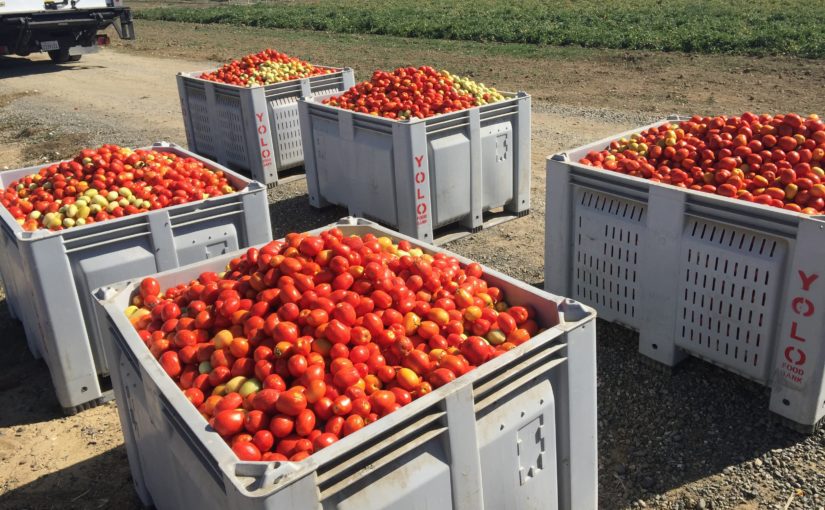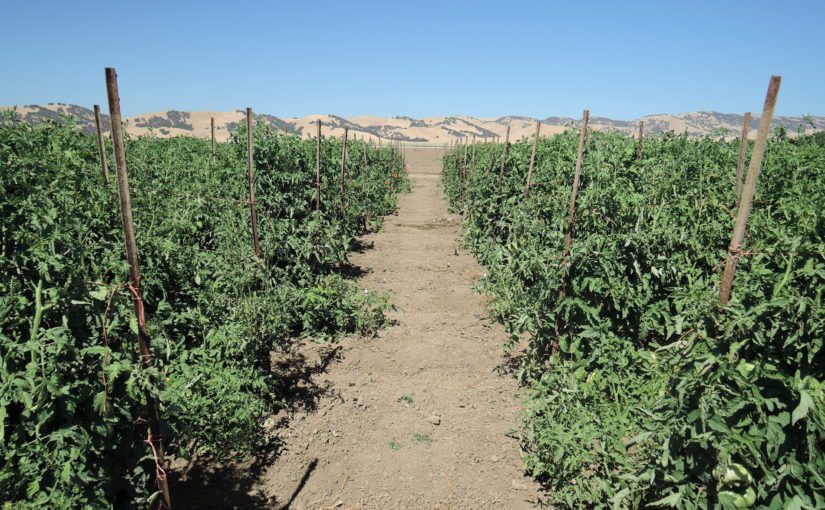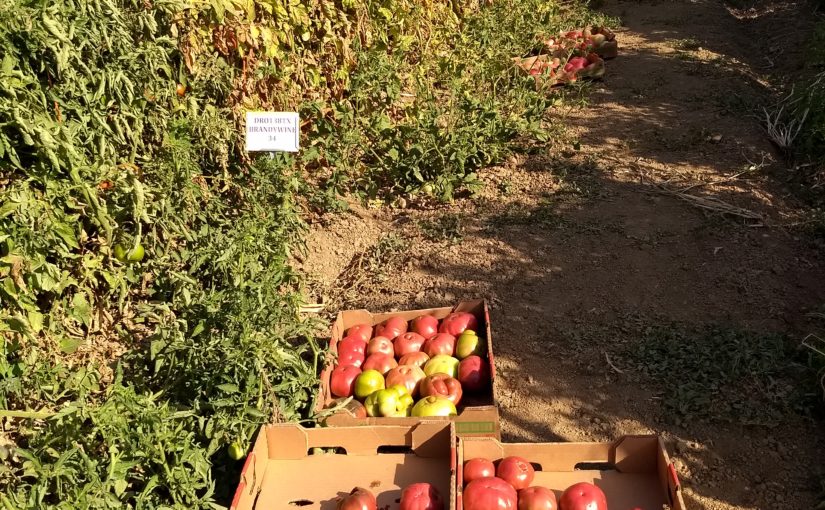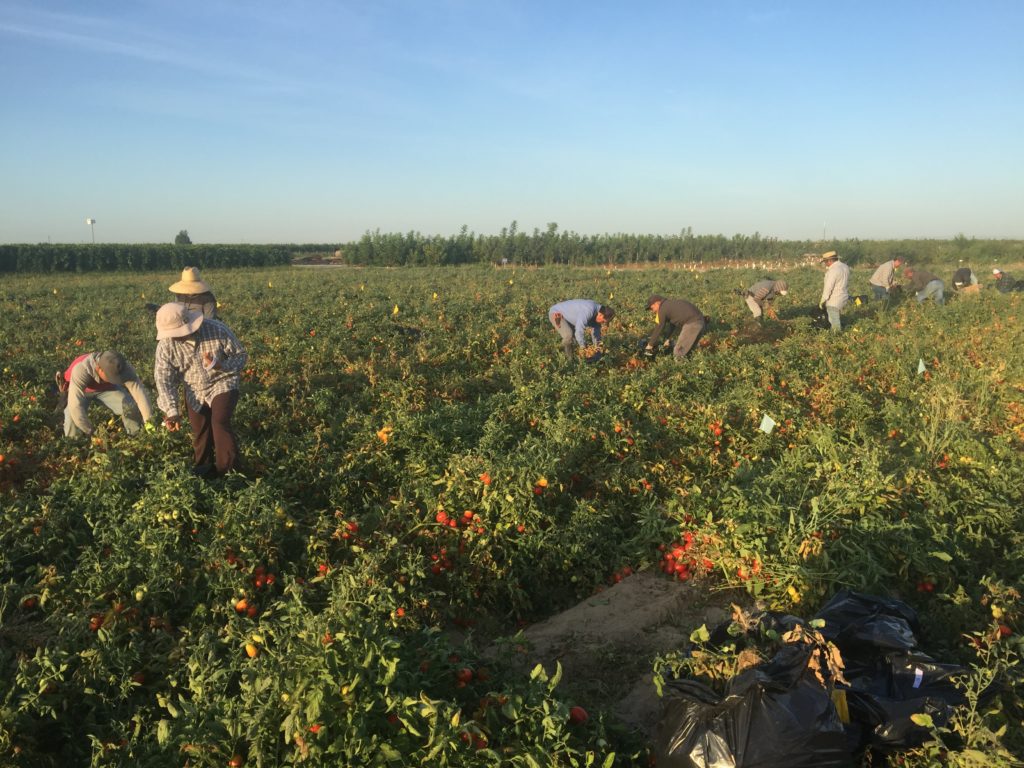Aug 2, 2021Tomato production 101: Distinctions beyond ‘fruit or vegetable’ debate
The American public has long debated whether the tomato is a vegetable or a fruit. This results in an uneasy truce: botanically, it’s considered a fruit, but practically, it’s lumped in with vegetables.


Despite the long-standing identity crisis of this beloved BLT ingredient, consumption remains high. And tomatoes are delicious and nutritious no matter how you categorize them.
In the United States, the tomato (Solanum lycopersicum) is the second most consumed vegetable behind its cousin, the potato (Solanum tuberosum). While most people think of them as a singular food product, there are large distinctions between types of tomatoes. This has implications for how they’re grown, harvested, and consumed.
Companies buy processing tomatoes to make into familiar products, like sauces, soups, and condiments. They are bred for thick skins and durability. This prevents them from being damaged during mechanical harvest and during transportation. Breeders develop varieties of processing tomato that will ripen at the same time. Ripening at the same time means harvesting by machines is possible. At incredible speed, large harvesters can retrieve entire tomato plants, sort the red fruit from the green fruit, and return the shredded tomato vines to the field, for mulch.


By contrast, fresh market tomatoes have much greater variation. They include the beautiful heirloom varieties so sought after at farmers’ markets. These tomatoes are typically hand-harvested due to their delicate skins and their need to be picked at optimal ripeness. They frequently continue to ripen across a long growing season and need to be picked multiple times per week.
Depending on the variety, many fresh market tomatoes are grown on stakes, so their weight can be supported. This also helps farmworkers more easily access the fruit by hand. Fresh market tomatoes are commonly sold through at grocery stores or used by restaurants, and carefully transported in small boxes.
By weight, fresh market tomatoes are grown in smaller quantity than processing tomatoes in the United States. However, from an economic view, because their price is higher per pound, they represent a substantial part of the tomato market.
Scientific investigation is underway regarding both processing and fresh market tomato production. As with many crops, research frequently focuses on decreasing pesticide use, and increasing fertilizer use efficiency. Other breeders are working to improve tomatoes’ drought tolerance, disease resistance, and yield.
A relatively new and exciting technique which may help growers achieve these goals is known as tomato grafting. The process of grafting is commonly used in fruit trees. (And remember that botanically tomatoes are fruit!)


– Dani Gelardi, American Society of Agronomy (ASA) and Crop Science Society of America (CSSA).
A small sample of the hand-harvested processing tomatoes will be kept for lab experimentation. The rest will be donated to the Yolo Food Bank, where they will help feed families across Yolo County in California. The thick skins and durability of processing tomatoes allow them to be transported in large quantities in agricultural totes. Photo: Dani Gelardi















